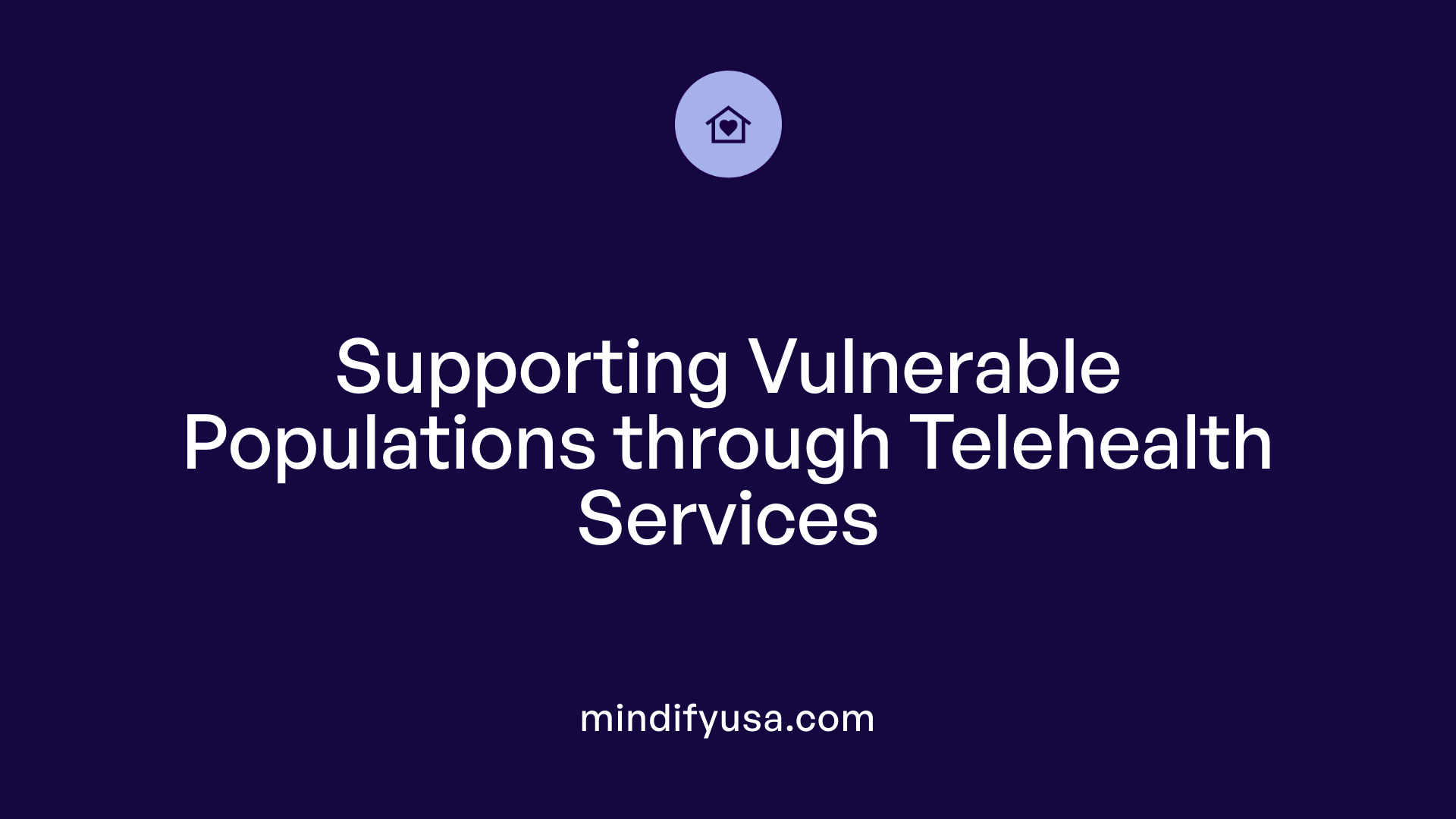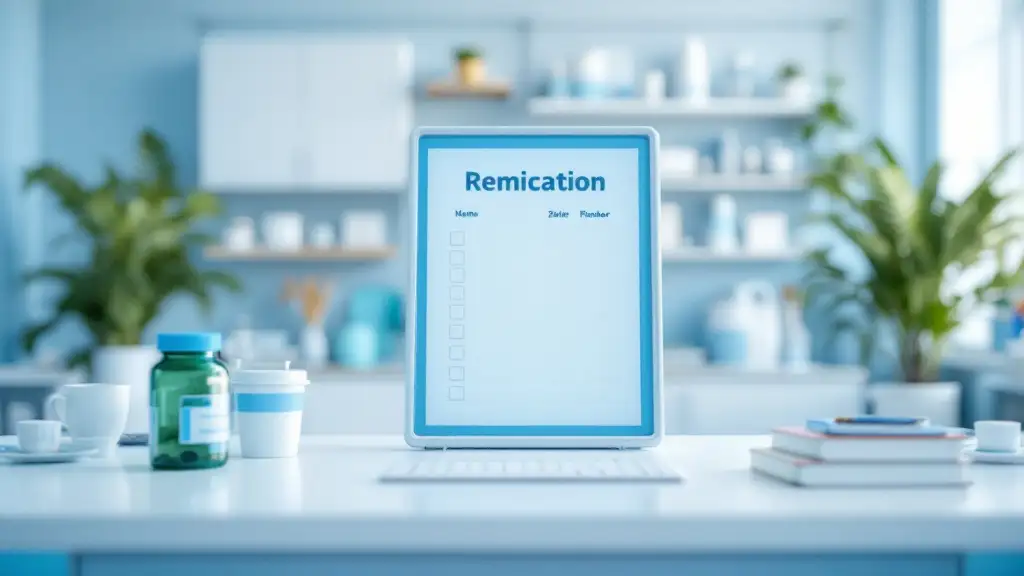Understanding the Impact of Telehealth on Continuity of Care
Telehealth has emerged as a transformative force in healthcare, especially accentuated during the COVID-19 pandemic. Its capacity to enhance access, improve health outcomes, and streamline healthcare delivery has made it a vital component of modern medicine. This article explores the multifaceted benefits of telehealth for ensuring continuous, high-quality care across various medical disciplines and patient populations.
Enhancing Access and Patient Engagement

How does telehealth support healthcare in rural and underserved areas?
Telehealth has revolutionized healthcare access for people living in rural and underserved regions. By utilizing digital communication tools, patients can consult with specialists and healthcare providers without the need to travel long distances. This is especially crucial in areas where medical facilities and specialized providers are scarce.
Many rural clinics rely on telehealth to connect patients with physicians and specialists located in urban centers. This connection helps bridge care gaps and ensures continuous health management.
Furthermore, telehealth technology fosters health equity by offering services to vulnerable populations, including the elderly, disabled, or those with limited mobility or transportation options. It ensures that these groups receive timely, quality healthcare regardless of their geographic location.
What advantages does telehealth offer for patient convenience and flexibility?
One of the main benefits of telehealth is its convenience. Patients can schedule virtual appointments that fit into their busy lives, reducing the need for time-consuming trips to healthcare facilities. This flexibility makes it easier to attend regular follow-ups, manage chronic conditions, and seek urgent care.
Telehealth also minimizes waiting times both in clinics and hospitals, enabling quicker access to care. Patients spend less time traveling and waiting, which is especially helpful for those balancing work, family, and other commitments.
Additionally, remote consultations can be scheduled outside of regular clinic hours, providing greater accessibility and reducing delays in treatment.
How does telehealth help reduce travel time and costs?
Travel time and expenses are significant barriers to accessing healthcare, especially in rural and remote communities. Telehealth eliminates the need for physical travel, saving patients valuable time and money.
This not only benefits patients by reducing transportation costs and time off work but also lessens the logistical burden for caregivers and family members. It allows patients to receive care from the comfort of their homes, which is particularly advantageous for those with mobility issues or pain limitations.
In turn, reduced travel also eases demand on healthcare infrastructure, helping to distribute resources more efficiently.
In what ways does telehealth support vulnerable populations?
Vulnerable groups—such as the elderly, disabled, and individuals with limited access to transportation—benefit immensely from telehealth services. It offers a platform for continuous health management, mental health support, and routine check-ins, all without the need for physical visits.
Telehealth facilitates family involvement in care, allowing authorised family members to participate in virtual visits, aiding in decision-making and emotional support.
It also helps these populations maintain better health outcomes by ensuring consistent monitoring, reducing care gaps, and enabling timely intervention for health issues.
| Benefits of Telehealth in Healthcare | Description | Additional Details |
|---|---|---|
| Access in Rural Areas | Connects patients with providers remotely | Bridges geographic gaps, supports specialist access |
| Patient Convenience | Easier scheduling, time savings | Reduces travel, waiting times, and logistical stress |
| Cost Reduction | Saves money for patients and health systems | Eliminates travel costs, lowers hospital readmissions |
| Support for Vulnerable Populations | Improves care continuity | Aids elderly, disabled, rural residents |
| Better Communication | Facilitates real-time interaction | Video, messaging, remote monitoring |
These benefits highlight how telehealth enhances healthcare delivery by making it more accessible, efficient, and patient-centered, especially for those in need of extra support or living in hard-to-reach areas.
Building a Future of Connected Healthcare
Telehealth has proven to be an indispensable tool in maintaining continuity of care, especially in the face of unprecedented challenges such as the COVID-19 pandemic. Its ability to bridge geographical and logistical gaps, facilitate ongoing management of chronic illnesses, and enhance communication between patients and providers makes it a cornerstone of modern healthcare. As technological innovations continue to advance, the integration of telehealth into routine practice promises even greater improvements in healthcare efficiency, patient satisfaction, and health outcomes. The future of healthcare is undeniably interconnected, accessible, and patient-centered, driven by the expanding capabilities of telehealth.
References
- Telehealth Use, Care Continuity, and Quality
- Top 10 Reasons Why Telehealth Appointments Can be Beneficial
- Benefits and advantages of telehealth for doctors and patients - Sermo
- The pros and cons of using telemedicine - WPS Health Insurance
- Telehealth: Revolutionizing Patient Care and How You Can Benefit
- Permanently expanding telehealth access will improve public health
- 5 Key Benefits of Telehealth for Patients & Providers
- Benefits of Telehealth Visits for Mental Health Patients






































































































